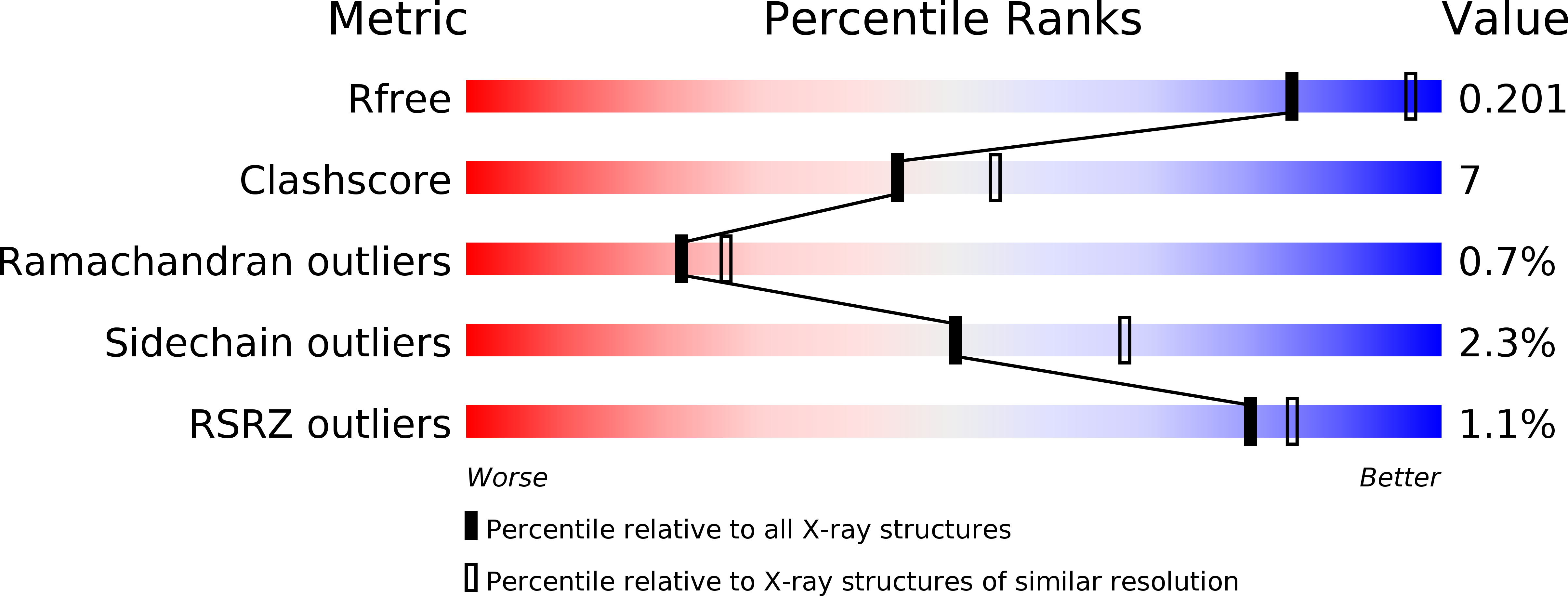
Deposition Date
2018-07-25
Release Date
2019-08-14
Last Version Date
2024-10-23
Method Details:
Experimental Method:
Resolution:
2.30 Å
R-Value Free:
0.20
R-Value Work:
0.16
R-Value Observed:
0.16
Space Group:
I 2 3


